 Camp Monticello Chapel
Camp Monticello Chapel
Entry Category: Military Science
 Camp Monticello Chapel
Camp Monticello Chapel
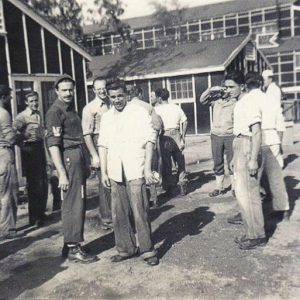 Camp Monticello POWs
Camp Monticello POWs
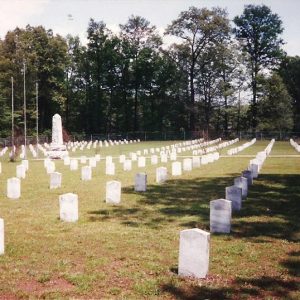 Camp Nelson
Camp Nelson
 Camp Nelson Confederate Cemetery Entrance
Camp Nelson Confederate Cemetery Entrance
 Camp Nelson Confederate Cemetery Monument
Camp Nelson Confederate Cemetery Monument
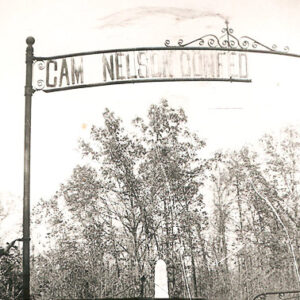 Camp Nelson Confederate Cemetery
Camp Nelson Confederate Cemetery
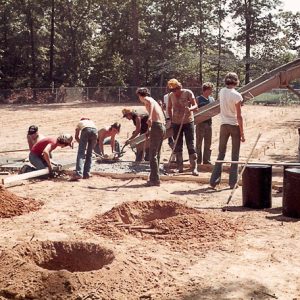 Camp Nelson Restoration
Camp Nelson Restoration
 Camp Nelson Rededication
Camp Nelson Rededication
Camp Nelson Confederate Cemetery
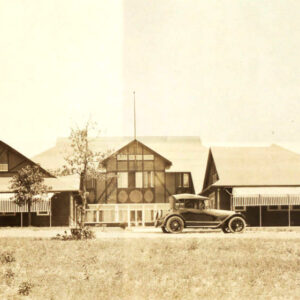 Camp Pike Officers Club
Camp Pike Officers Club
 Camp Pike Panorama
Camp Pike Panorama
 Camp Pike Pool Halls
Camp Pike Pool Halls
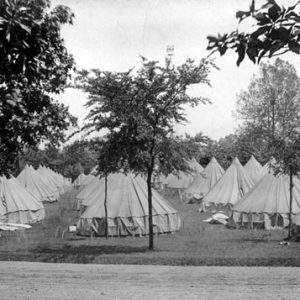 Camp Shaver
Camp Shaver
 Camp White Sulphur Springs Confederate Cemetery
Camp White Sulphur Springs Confederate Cemetery
 Camp White Sulphur Springs Confederate Cemetery
Camp White Sulphur Springs Confederate Cemetery
Camp White Sulphur Springs Confederate Cemetery
 Campbell Children's Memorial
Campbell Children's Memorial
 John Campbell
John Campbell
Campbell, John
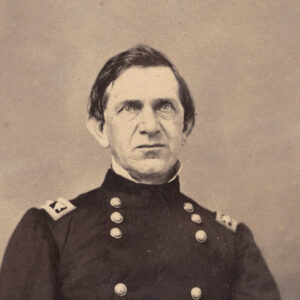 Edward R. S. Canby
Edward R. S. Canby
Cane Hill, Engagement at
aka: Engagement at Canehill
aka: Engagement at Boston Mountains
Cane Hill, Skirmish at (November 25, 1862)
Cane Hill, Skirmish at (November 6, 1864)
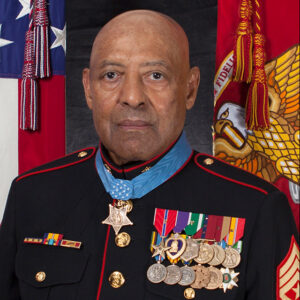 John L. Canley
John L. Canley
Canley, John L.
 CAP Aircraft
CAP Aircraft
Cape Girardeau, Missouri, to the Eleven Point River, Expedition from
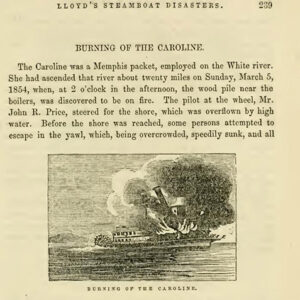 Caroline Steamboat Article
Caroline Steamboat Article
Carr, Eugene Asa
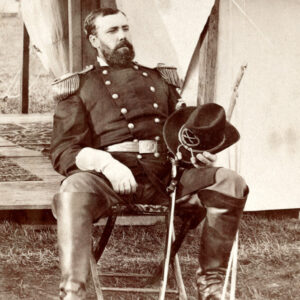 Eugene Asa Carr
Eugene Asa Carr
Carroll, Marion, and Searcy Counties, Scout to
aka: Skirmish at Richland Creek (December 25, 1863)
aka: Skirmish at Stroud's Store
aka: Skirmish at Buffalo River
Carrollton, Skirmish at (August 15, 1864)
Cassville, Missouri, to Cross Hollow, Scout from
Cassville, Missouri, to Huntsville and Yellville, Scout from
 Casualties List
Casualties List
Catterson, Robert Francis
Caulder, Peter
Cecil, John
Celeste
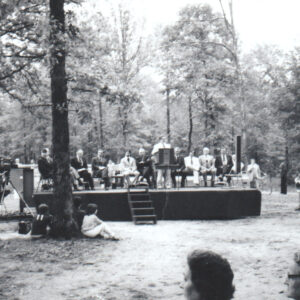 Cemetery Dedication
Cemetery Dedication
Central Arkansas Veterans Healthcare System
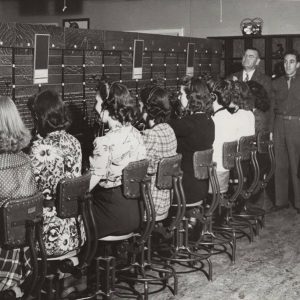 Chaffee Switchboard
Chaffee Switchboard
Chalk Bluff, Skirmish at (May 1–2, 1863)
Chalk Bluff, Skirmish at (May 15, 1862)
Cherokee Bay, Skirmish at
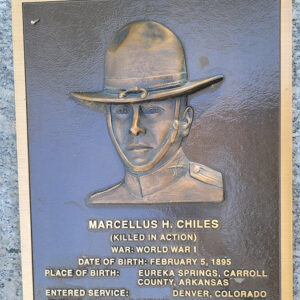 Marcellus H. Chiles Plaque
Marcellus H. Chiles Plaque
Chiles, Marcellus Holmes
 Chimney Remnants
Chimney Remnants
Chisum, John Greene
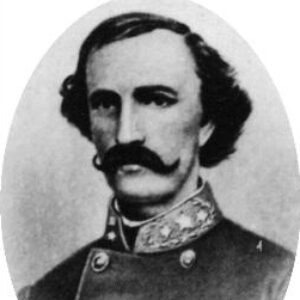 Thomas Churchill
Thomas Churchill




